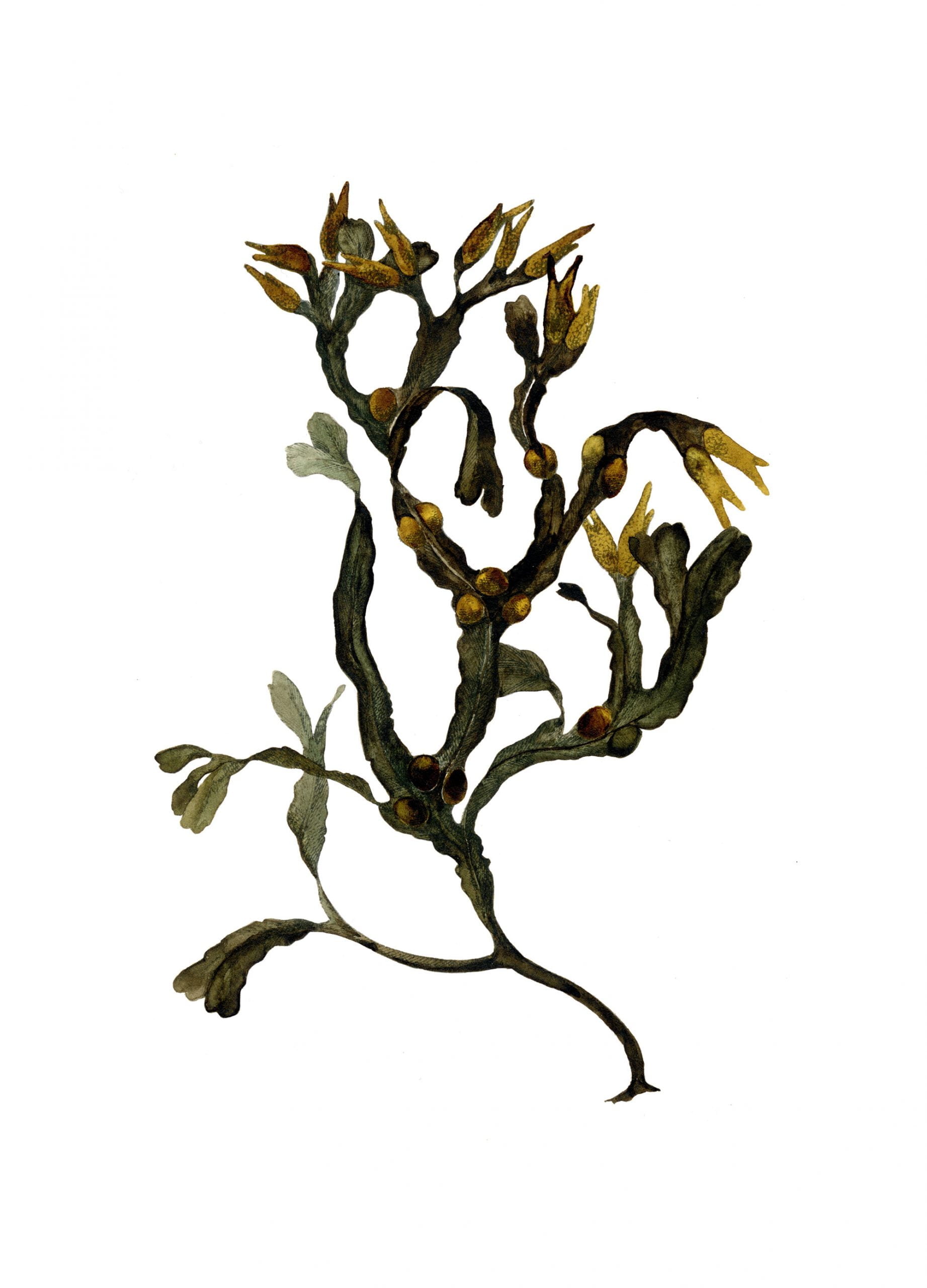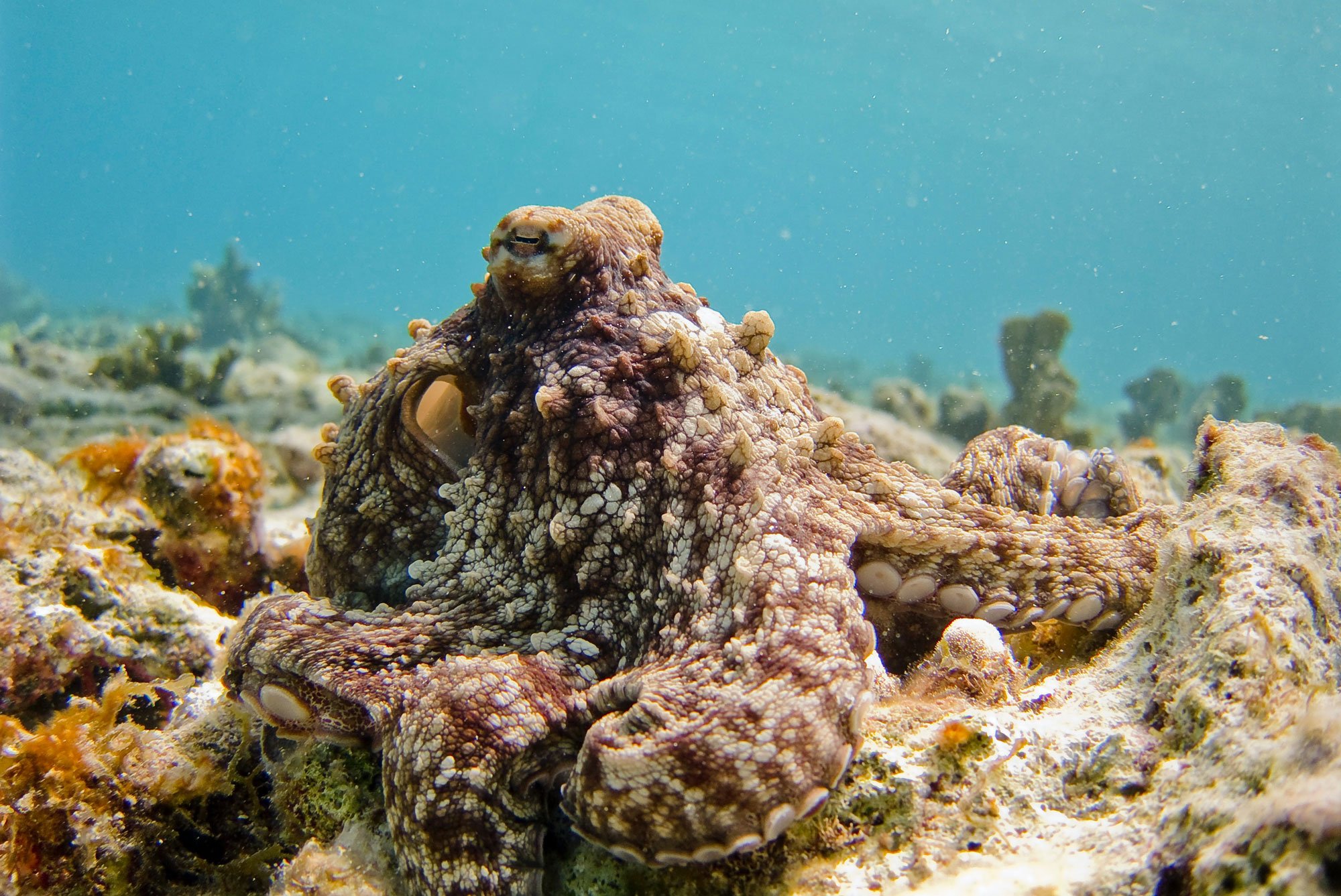Walking along an empty Scottish beach, poet and artist Miek Zwamborn becomes fascinated by the seaweed washing up on the shore. In a charmingly intimate and visual exploration, she dives into the fascinating history, culture and science of this ubiquitous ocean plant.
“Of course I had seen seaweed before,” Miek Zwamborn says at the beginning of her book, Seaweed, An Enchanting Miscellany, “yet I had never really looked at it properly”. At least not until she came across an immense specimen on the tiny tidal island of Erraid in the Scottish Inner Hebrides. Amazed by its size and shape, she grasps the plant, slinging it over her shoulder to examine it: “It was twice my height. Folded double it touched the rippled sand on both sides: a vertical embrace.”
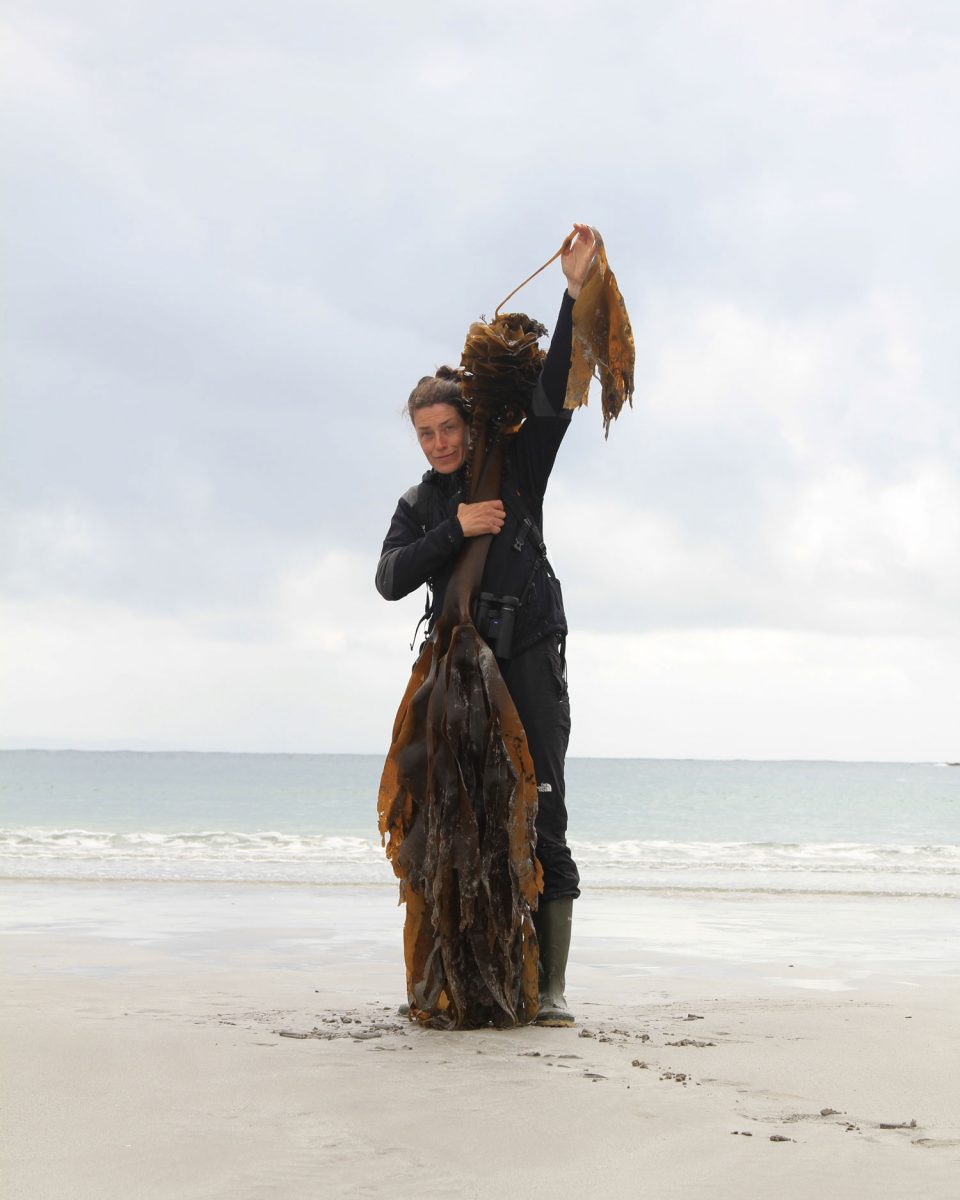
“In the days that followed I collected nothing but seaweed: green, red and brown varieties and all the colours that lie between”
Miek Zwamborn
Just as the seaweed quite literally seems to take hold of her, so the experience too won’t let her go. Enchanted by her find, she immediately falls under its spell: “In the days that followed I collected nothing but seaweed: green, red and brown varieties and all the colours that lie between them; and spotted, perforated, translucent, albino. I cut it loose from the rocks, plucked it from the surf or picked it up from along the tideline … This was how it began.”
“From Dead Man’s Fingers to Bladderwrack and the Oyster Thief, the names are as intriguing as the myriad shapes”
The author embarks on a personal journey to discover all that she can about this wondrous marine algae. Like the ebb and flow of the waves, her narrative alternates between informative forays and vivid encounters with this almost otherworldly life form. From Dead Man’s Fingers to Velvet Horn, Green Fleece, Bladderwrack, Purple Claw and the Oyster Thief, the names are as intriguing as the plant’s myriad shapes.
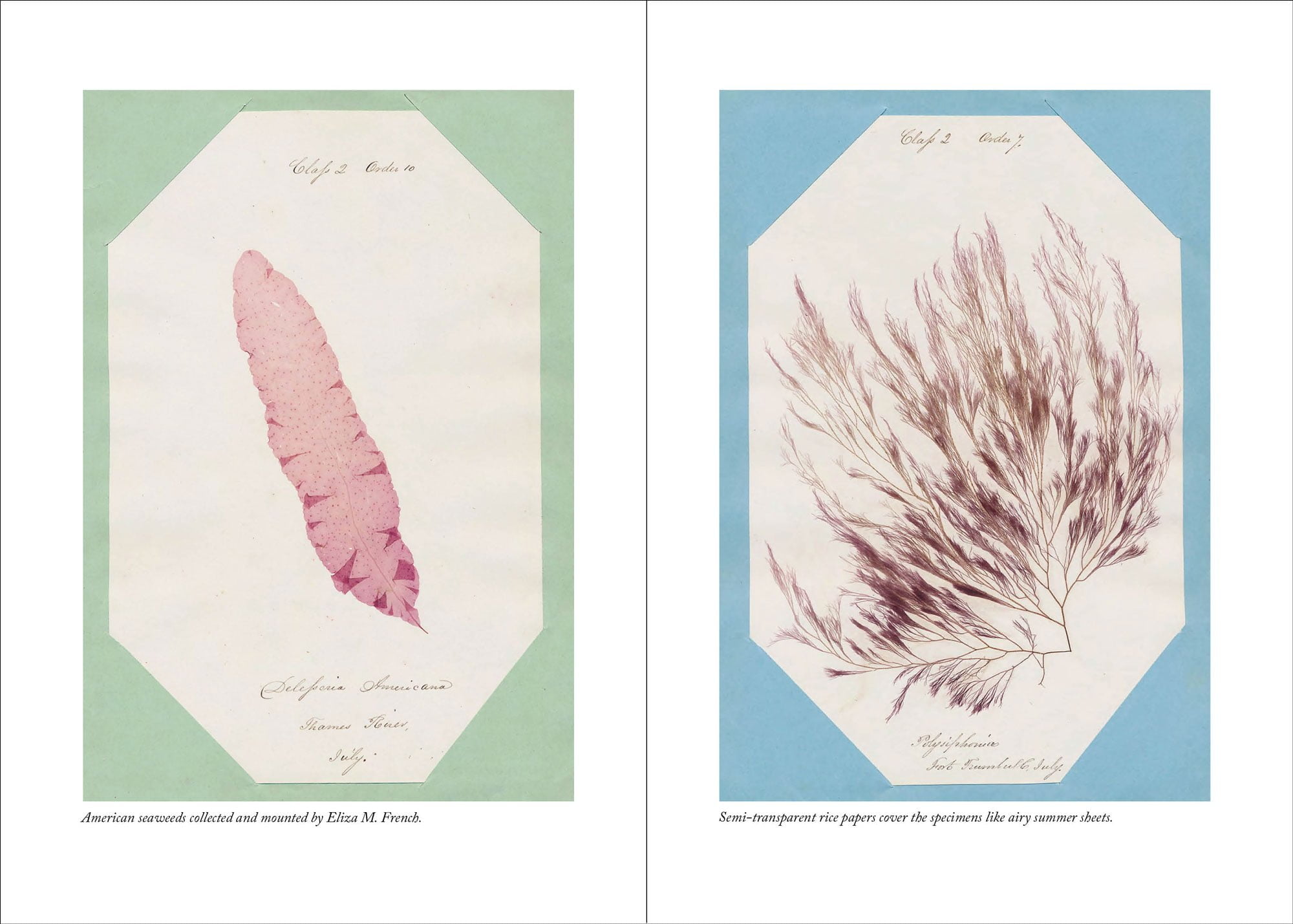
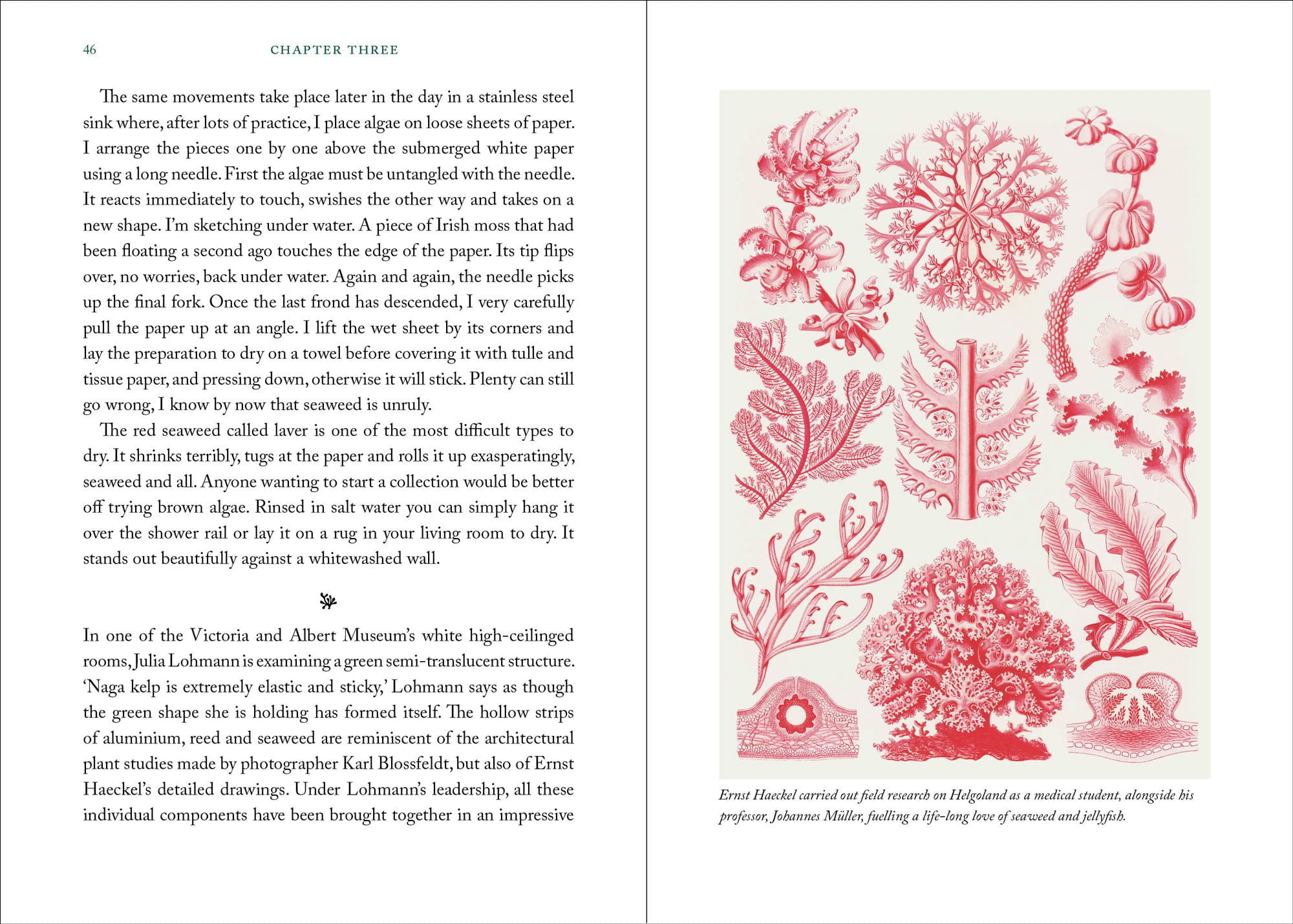


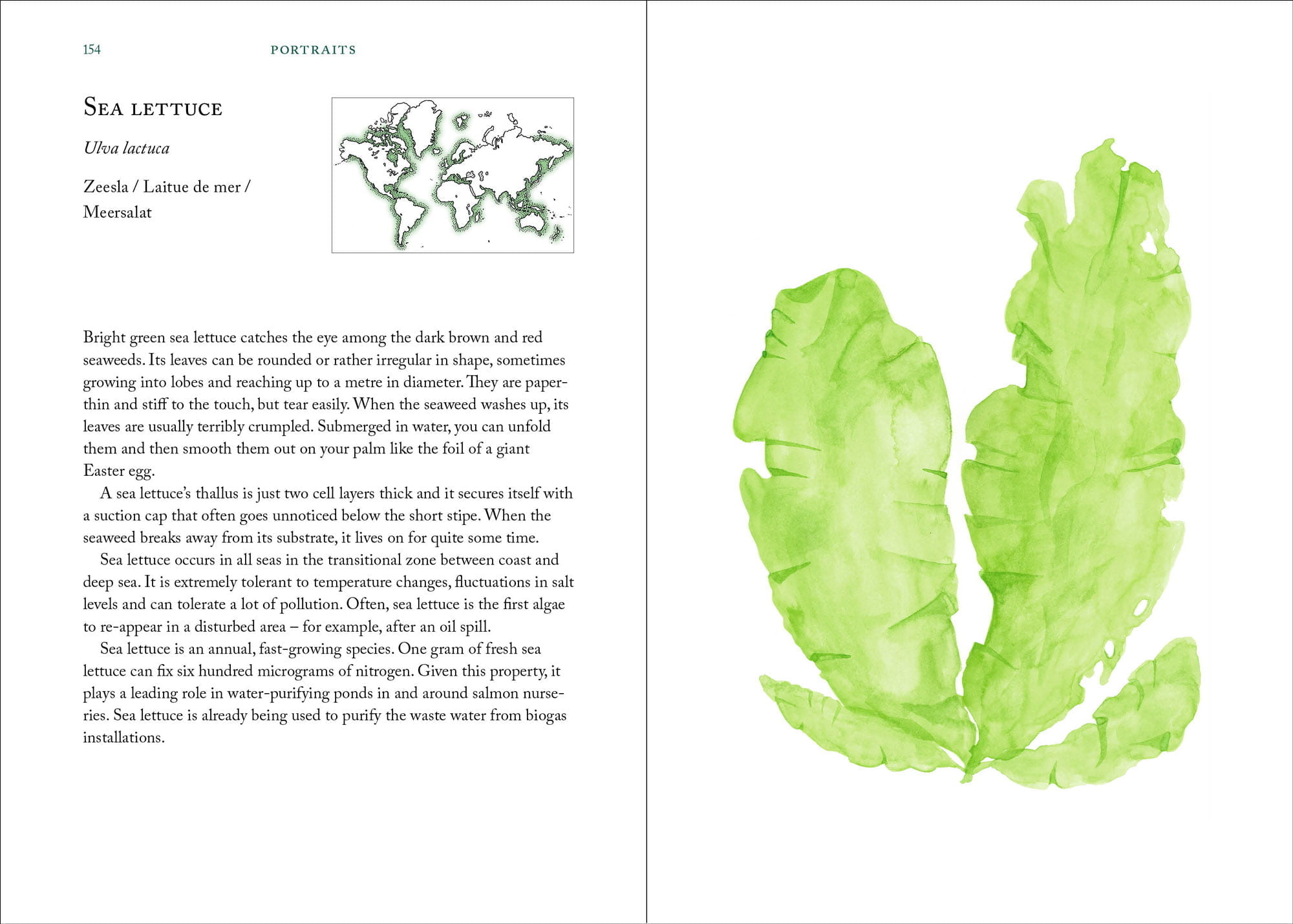









We learn that there are around 10,000 different species of seaweed and that it has evolved little in the 1.7 billion years of its existence. We also discover that it’s amazingly resilient, able to endure the harshest of environments – even outer space. Zwamborn describes how the spores of a hardy marine algae from Norway survived 530 days outside the International Space Station, in temperatures ranging from -20C to 47.2C, withstanding levels of cosmic radiation that would destroy almost all other life.
“Neolithic islanders are thought to have used seaweed to slide giant stones from the sea”
The cultural history is equally engaging. Neolithic people on the Orkney islands are thought to have used seaweed to slide giant stones from the sea to build their ceremonial circles. Sailors lived in fear of it – in his log on September 16, 1492, Christopher Columbus describes how his ship got caught in a large patch on his way from the Canary Islands to the Bahamas. In Japan, seaweed has a positive connotation. In the centuries-old Mekari ceremony, priests offer freshly cut wakame to the gods at sunrise on the first day of the new year to bring good luck.
And who knew that the Victorians were crazy about collecting seaweed? It was especially popular among young women – as a way to connect with nature. Replacing restrictive bodices with more comfortable and practical attire, through this new seaside pastime they could let both body and mind run free. Anna Atkins was an early collector who became famous for her cyanotype photos of seaweed, all ghostly white silhouettes against a background of deep blue. There’s an example in the book, along with countless beautiful botanical illustrations, including work by Zwamborn herself.
The final chapter ends on a more practical note, with tasty-looking seaweed recipes and a field guide to common types of marine algae found around the world. Combining her talent for words and pictures, Zwamborn invites us to share in her newfound passion. The result is like the seaweed she describes so well: wild and enchanting.
Seaweed, An Enchanting Miscellany by Miek Zwamborn is published by Greystone Books.


About Miek Zwamborn
A visual artist, author and poet, after studying fine arts in Amsterdam, Miek Zwamborn spent 15 years as a lock keeper. She works and lives on the Isle of Mull, Scotland.
